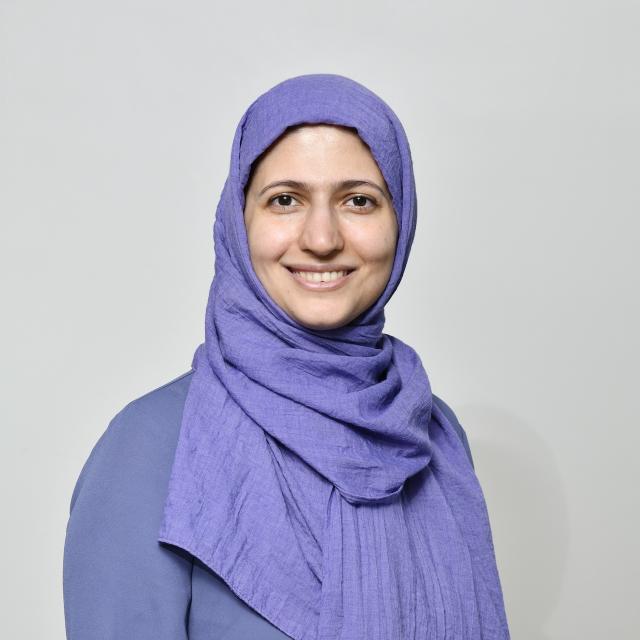Khakpash studies microlensing and time-domain astronomy preparing for some of the largest sky surveys in the world. She uses advanced data science to spot and study rare cosmic events hidden in huge amounts of future telescope data.
Microlensing is like nature’s own magnifying glass: when an object — as small as a planet or as massive as a black hole — passes in front of a distant star, its gravity bends and focuses the star’s light. This brightening can reveal planets drifting alone in space or black holes that are otherwise invisible. These discoveries give us clues about how planets form and how matter is distributed in our galaxy.
With upcoming surveys like NASA’s Roman Space Telescope and the Rubin Observatory’s Legacy Survey of Space and Time (LSST) — both set to monitor millions of stars night after night — Khakpash is building automated tools to quickly detect and analyze these transients.
As part of her work, she has developed a deep learning model on the image level for magnification maps of lensed quasars and supernovae, enabling much faster and more efficient analysis of extragalactic microlensing light curves in preparation for the data-rich era of these upcoming surveys.
She also studies other cosmic events, such as a specific type of core-collapse supernovae (star explosions), creating data-driven templates that track how their brightness changes over time. These templates help astronomers classify stellar explosions and spot unusual behavior, opening windows into the life and death of stars.


